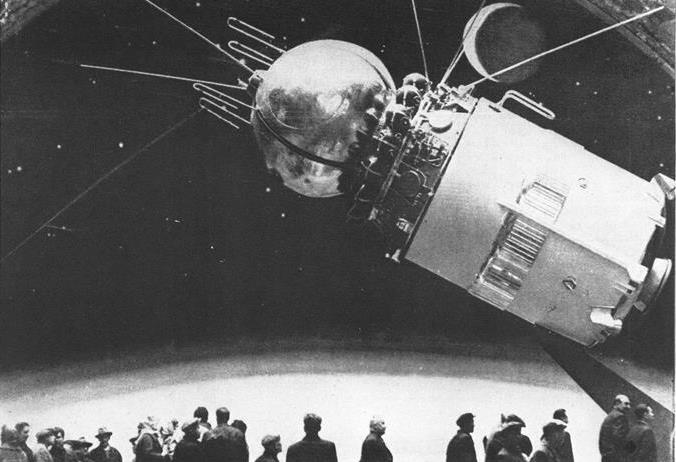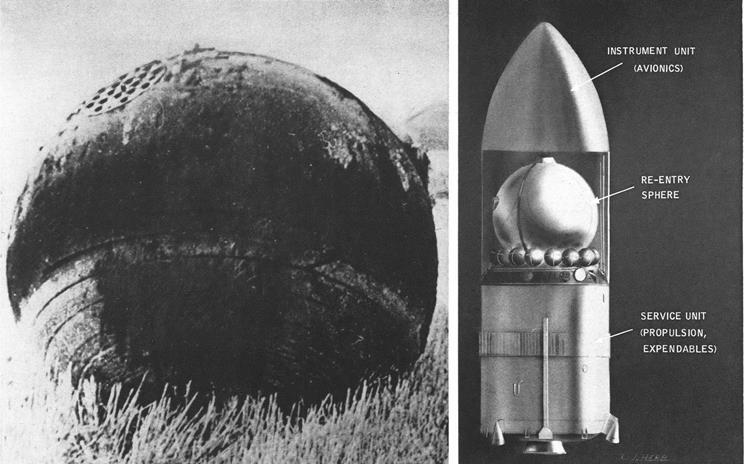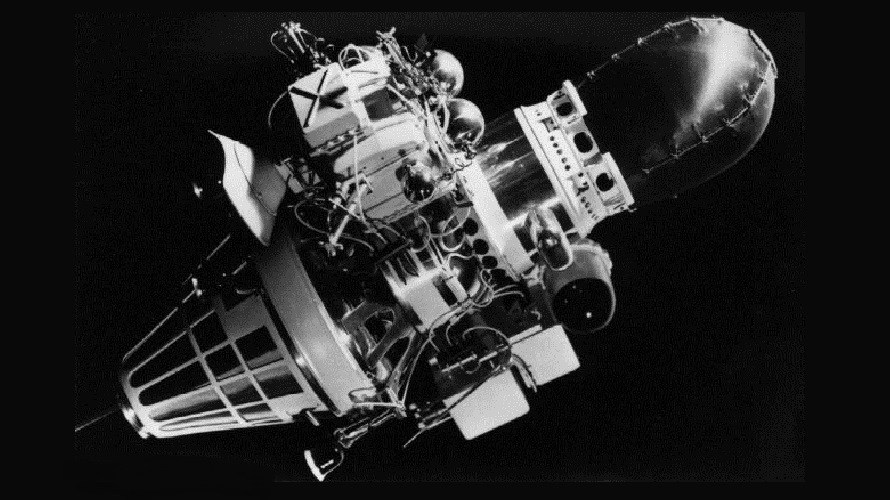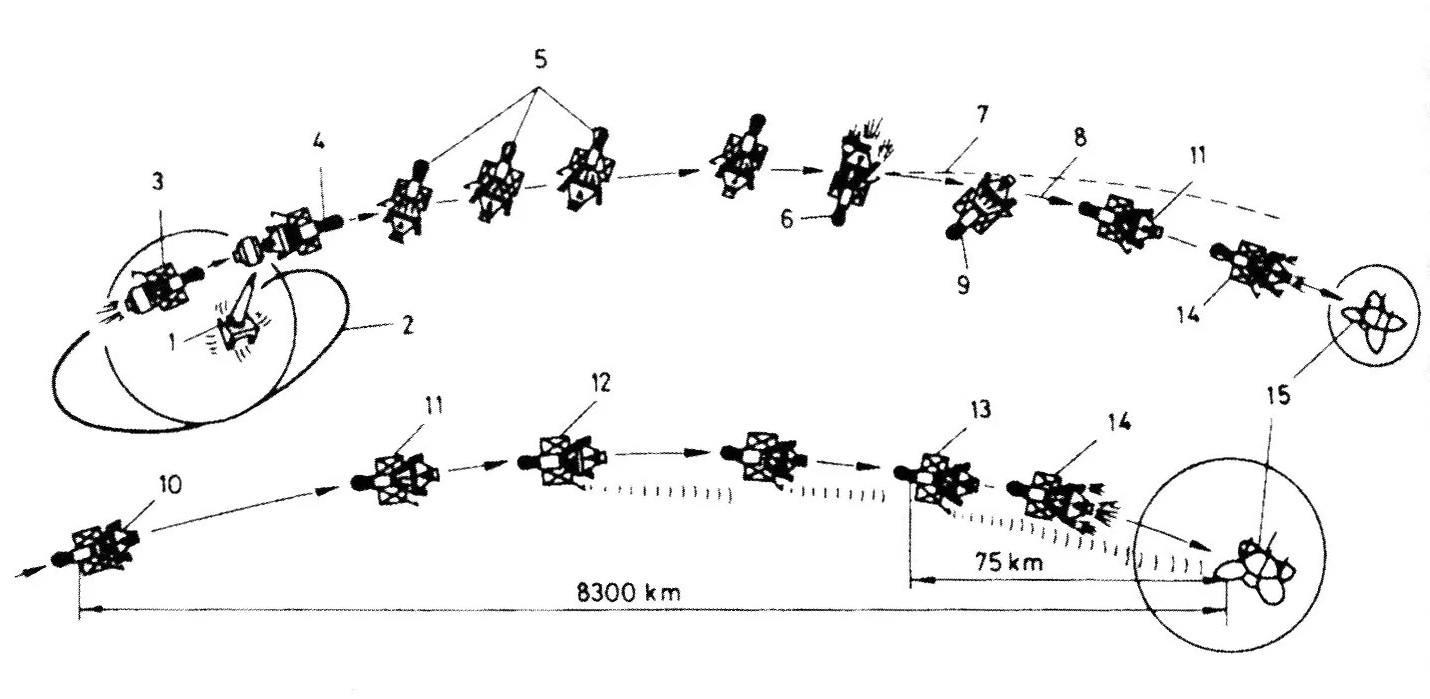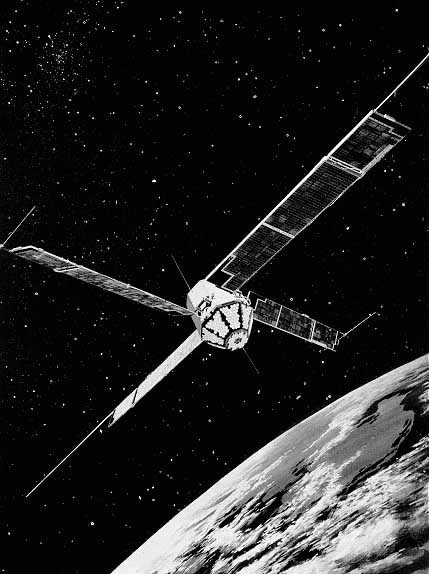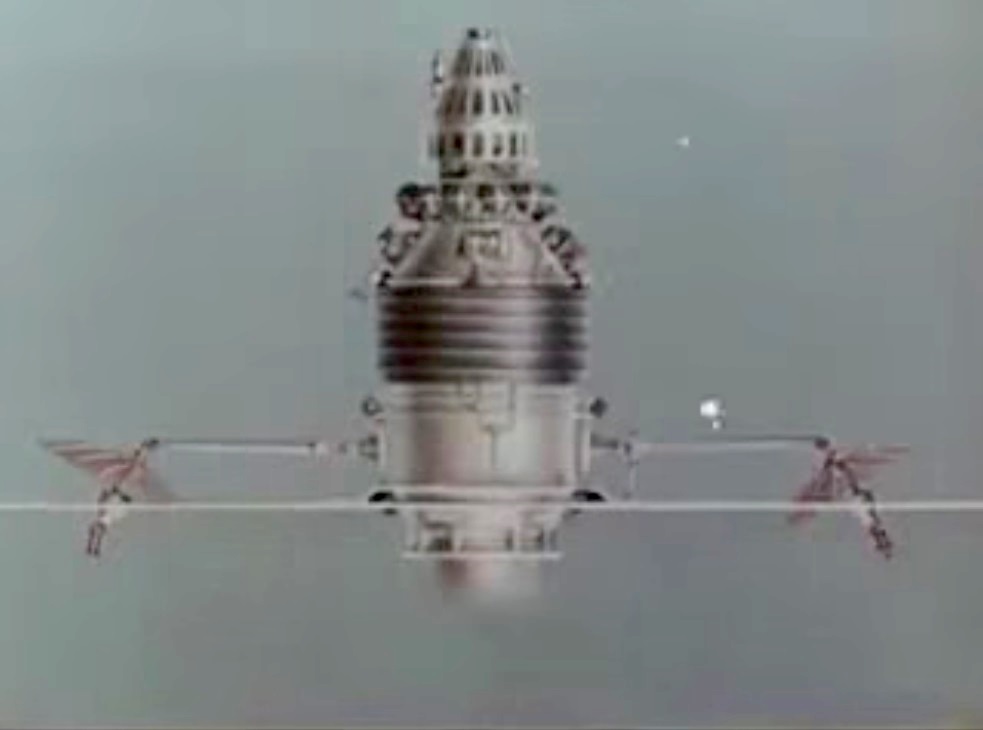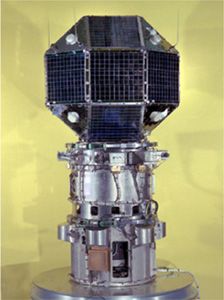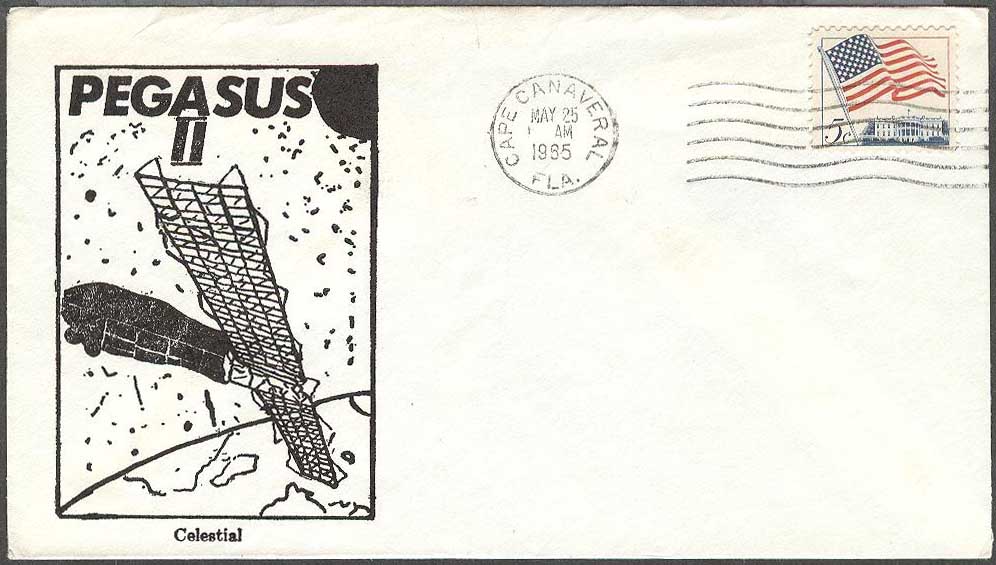
by Gideon Marcus
Quo vadis
Science fiction is changing, with no clearer evidence than the fact that our current era has been dubbed "The New Wave." Indeed, there are those within fandom who assert that only what's coming out today has any relevance, and that there is little to enjoy in (and less to learn from) the "classics" of a half century or more ago.
Having grown up on Burroughs, Wells, Verne, and Baum, I can't agree with this position. On the other hand, the role of the Journey, covering the newest SF as it comes out, means we tend to focus on the newer.
The Magazine of Fantasy and Science Fiction makes no bones about having it both ways. Not only will they occasionally reprint worthy material, they are also most often the clearing house for British New Wavers like Brian Aldiss and J.G. Ballard. The
latest issue is particularly interesting in that the lead novella, by Brian Aldiss, is deliberately written in a Wellsean style (and, in fact, features the author of War of the Worlds to some degree).
Who says you can't learn from the classics?
There…

by Bert Tanner
The Saliva Tree, by Brian W. Aldiss
A flash in the sky followed by a splash, and a pond on a rural farm in East Mercia is now home to an extraterrestrial spaceship. Young polymath Gregory Rolles is a Romantic in all senses of the word, and upon hearing the news, visits the fields owned by the Grendon family (which includes, of course, a fetching farmer's daughter).
At first, the alien visitors, who are completely invisible, seem harmless – even beneficial. As Spring arrives, all of the animals in the area, from tadpoles to cattle, reproduce with prodigious fecundity. Such bounty even extends to the human residents, Mrs. Grendon giving birth to some nine children at once.
But it is quickly ascertained that the newborn animals have an odd flavor to them rendering them inedible. To humans, that is; the aliens take great delight in raiding their makeshift larder, biting into their prey with venomous fangs, liquefying the animal's insides, and slurping it out. Only a dessicated skin is left.
And when the milk from the tainted cows starts to taste good to the Grendon family, Gregory realizes with horror that the humans are next on the menu…
It's all very evocative of the late Victorian age in style and subject, and in the end, is explicitly supposed to influence the work of young Wells, who is a penpal of Gregory's. Aldiss carries it off well, this fun, occasionally horrific homage to yesteryear.
Four stars.

the latest comic piece from Gahan Wilson
Kearny's Last Case, by Ron Goulart
Less successful is Goulart's latest (last?) entry in the Max Kearny, Occult Detective, stories. It's facile enough, this case of a secretary suffering an abusive workplace run by two sorcerers. But while the setup is fun, the actual action of the story lasts about a page and a half and is resolved with little ado. Most dissatisfying.
So, a low three stars.
The Great Cosmic Donut of Life, by Ray Nelson
Things slide further down in this Beat piece about a futuristic musician/computerist who unsuccessfuly tries to resurrect Charlie Parker's music electronically. Things happen, there's a Martian terrier called a Globly, the story ends happily, but it's all inconsequential, unengaging fluff.
Two stars.
Lunar Landing, by Theodore L. Thomas
Thomas' "article" puts forward the desirability of sending pilots to the Moon on a one-way trip to truly determine the survivability of soft-landing. This might have made sense (as a joke) thirty years ago. The state of science has advanced since World War 2.
One star.
Hog-Belly Honey, by R. A. Lafferty
Joe Spade, rough and gutteral self-described intellectual, teams up with the more refined Maurice Maltrevers to produce a self-guiding Nullifier. Said computer-brained machine can disintegrate anything it deeps as unnecessary. What a great boon for society! Garbage, useless files, out-of-date clothing, insincere love letters, all go POOF with a single request. Of course, one person's trash is another person's treasure…and sometimes their spouse.
If this sounds whimsical, well, what did you expect given the author? The most engaging part of Honey is the characterization of Joe, whose absolute doltishness is expressed to great comic effect in the unaware 1st person perspective. This isn't a great story, but it is kind of fun.
Three stars.

Turning Point, by Arthur Porges
After The Bomb, rats take over the Earth. Humanity is enslaved and our population kept at 10,000 to prevent a resurgence. Malcontents in this new order are not destroyed; rather, we are merely sterilized and sent to the Amazon, a place the rats find uninhabitable.
All of this is offered up in exposition, like a mildly interesting encyclopedia article. The "story" involves a few pages of dialogue, and the way in which a human couple heading into exile outsmarts the rats, transporting a fertile child to South America.
The solution is more "shocking" than clever, and the whole thing has the feel of a "ha ha; aliens are stoopud, humans r smart!" story of the kind Campbell enjoys at Analog.
Two stars.
Death in the Laboratory, by Isaac Asimov
For the first time in a while, Dr. A offers up a truly interesting and technical article about the discovery and isolation of fluorine. After reading this, you may include scientists in the same derring-do category of folk as Doc Savage and Tarzan.
Five stars.
Sea Bright, by Hal R. Moore
Kellie is an 11-year old girl in love with the sea. But her world is shattered when an acquaintance brings a sinister shell to the beach one day, and a sense of dread causes her to steal said conch before it can harm her friend. The remainder of the story deals with her attempts to keep it out of the hands of others.
Sea, the first piece by Moore, starts promisingly and has some vivid writing. I also appreciate the nonstandard protagonist. However, it bogs down in repetition; if the second act had been a little different from the first, it would have helped.
Still, three stars.
…and back again
So, does this brew of past, present, and (cutting edge of) future mix well or does it resolve into an immiscible layer cake cocktail? I'd say the former. There are several pieces which don't quite work, and some besides that fail further, but I still found the issue satisfying. In particular, Aldiss shows he can turn an antiquated style into an asset.
Does the future hold more visions inspired by the past? Only time will tell…
[Don't miss the next episode of The Journey Show, featuring a panel of amazing artists who will be doodling to YOUR specification!]

![[August 20, 1965] Look both ways (September 1965 <i>Fantasy and Science Fiction</i>)](https://galacticjourney.org/wp-content/uploads/2020/08/650820cover-672x372.jpg)


![[August 8, 1965] Navigating the Wasteland #2 (1964-65 in (good) television)](https://galacticjourney.org/wp-content/uploads/2020/08/650808addams2-672x372.jpg)
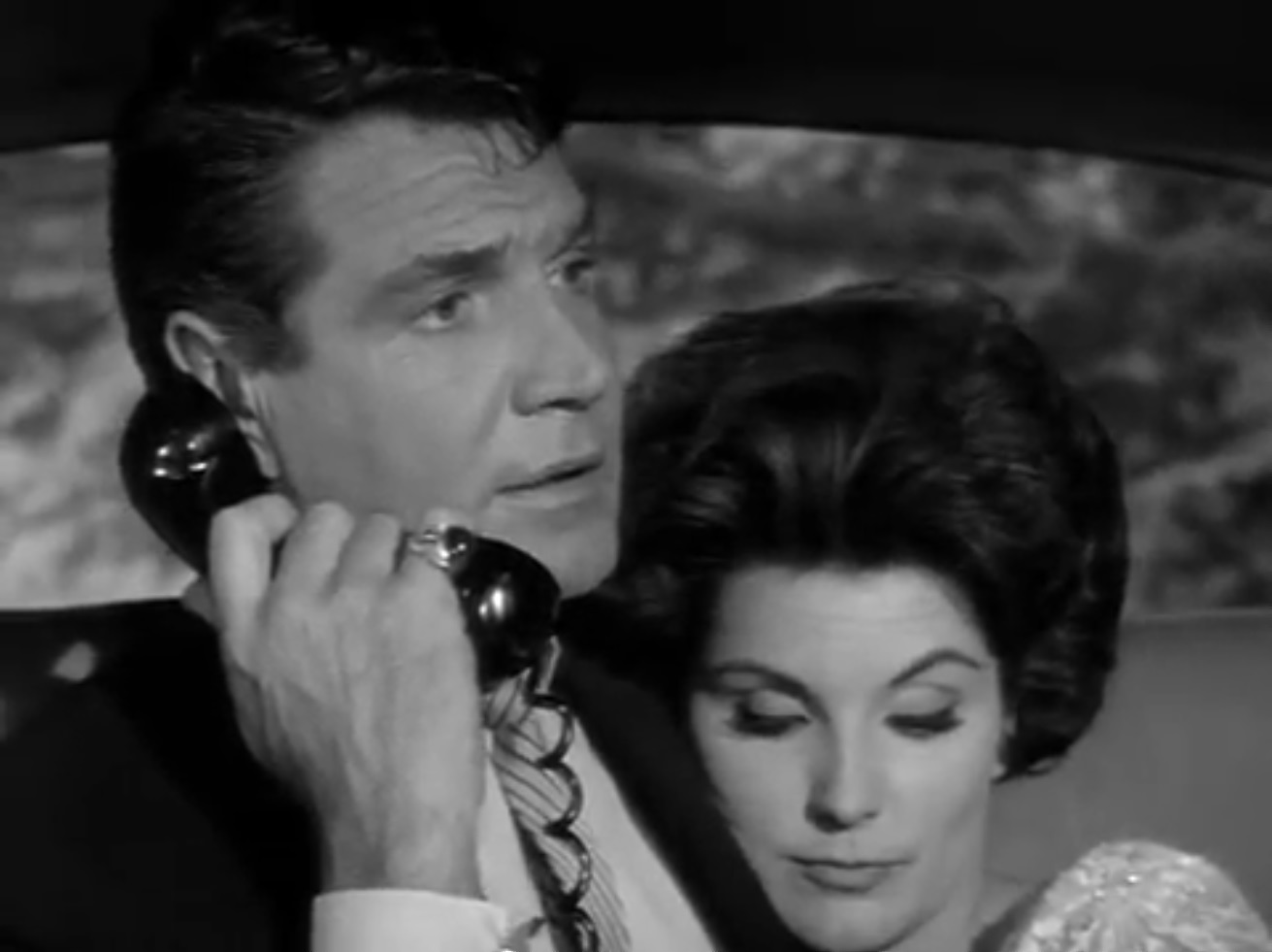


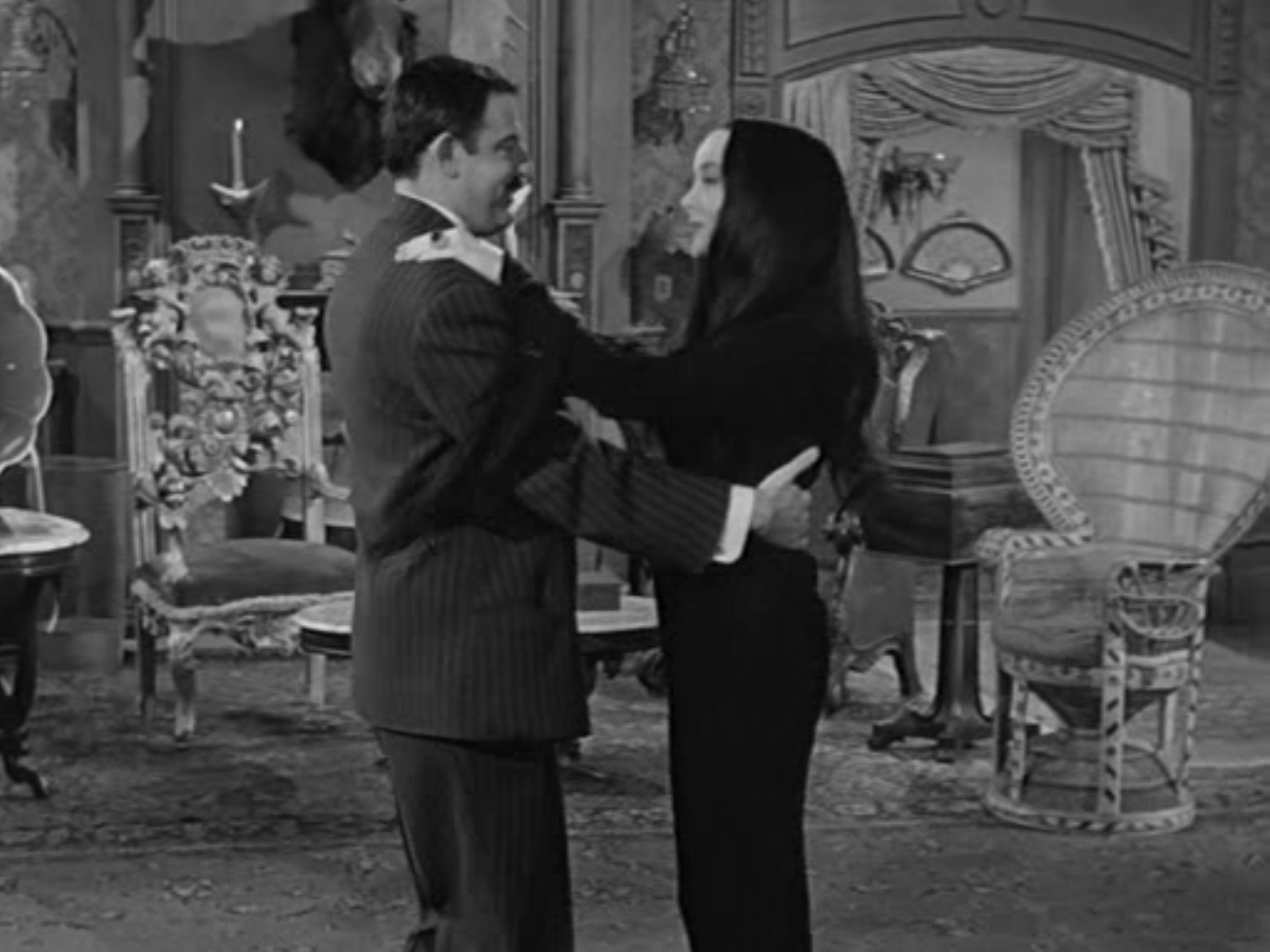
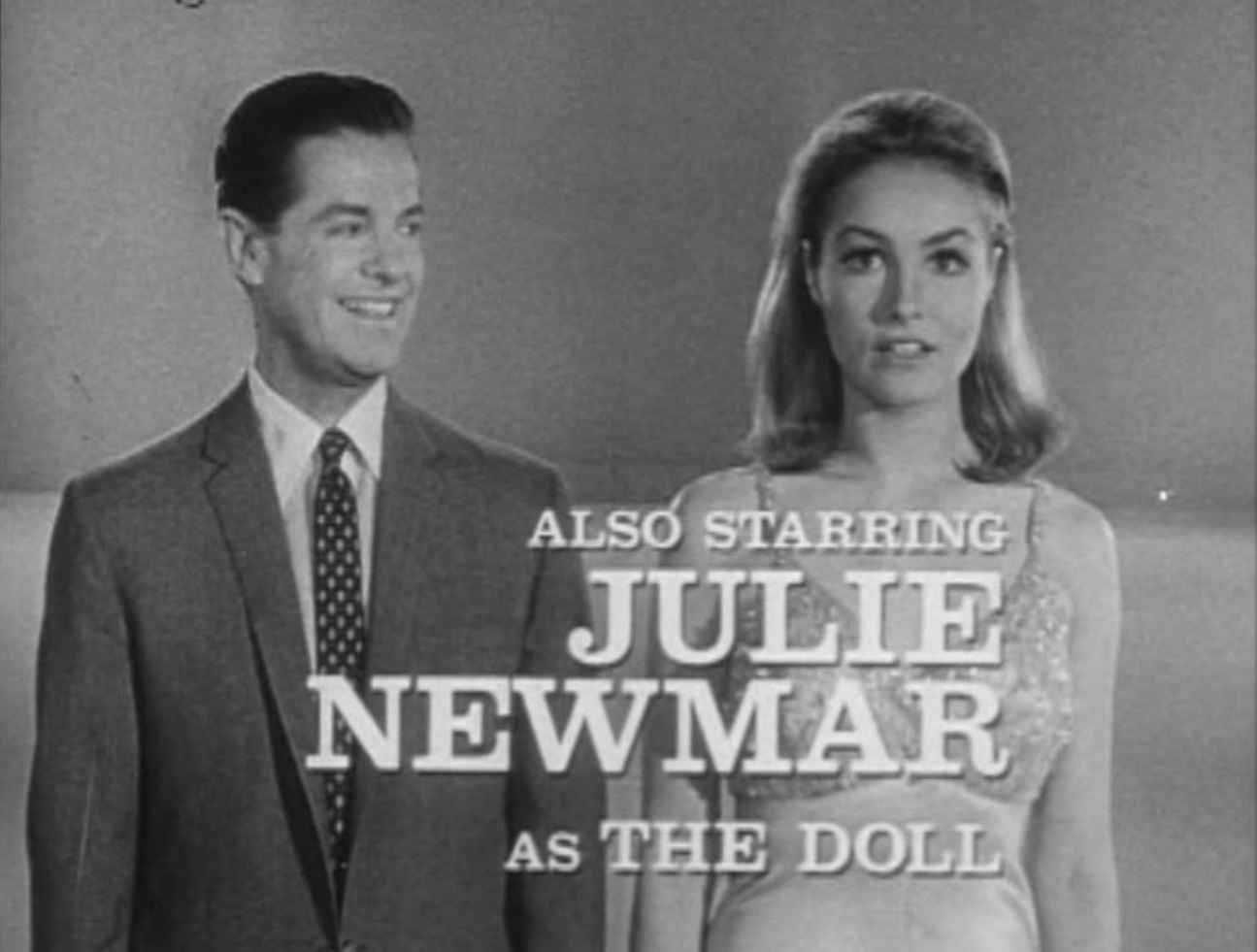


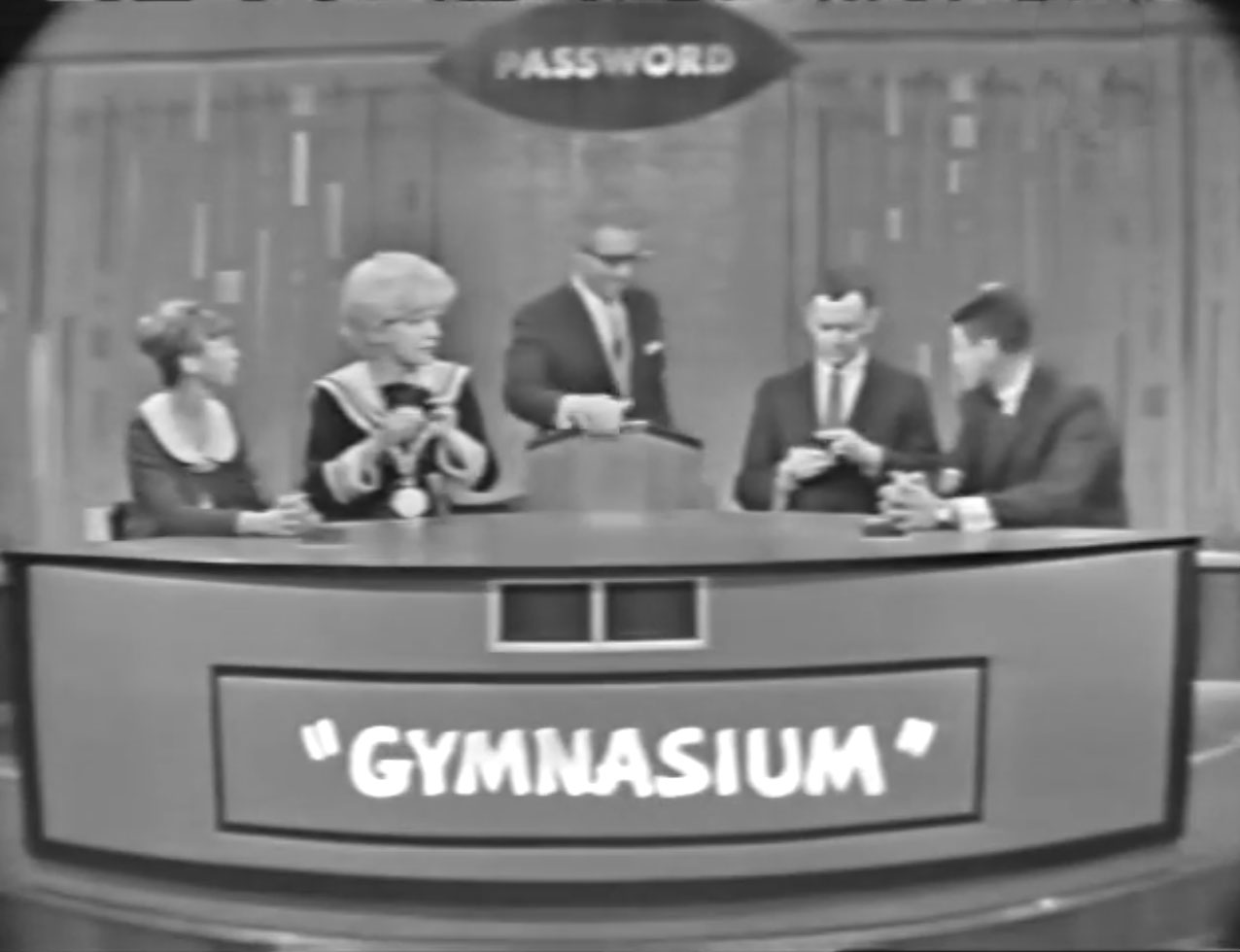



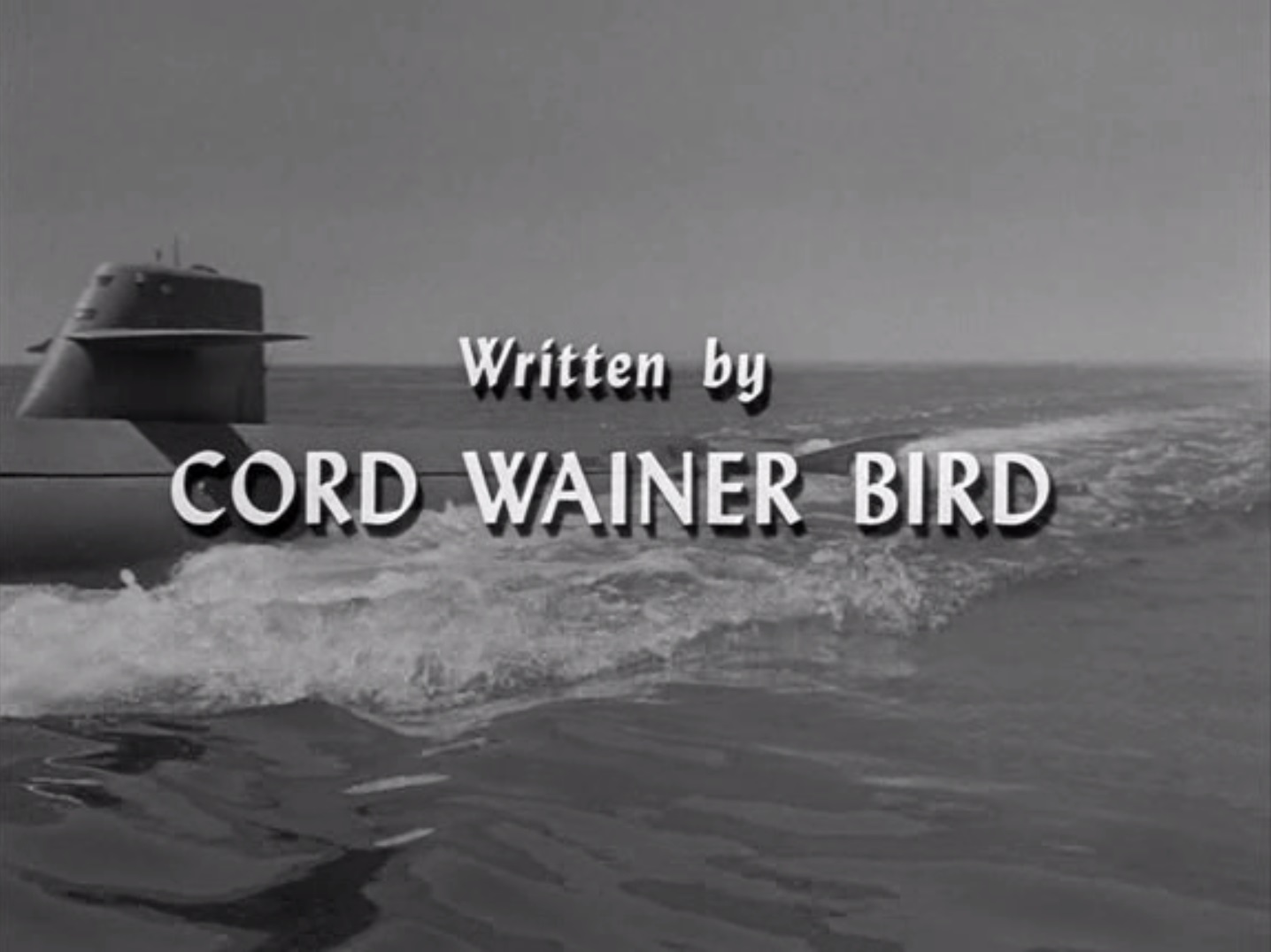

![[July 31, 1965] A spoonful of sugar (August 1965 <i>Analog</i>)](https://galacticjourney.org/wp-content/uploads/2020/07/650730cover-672x372.jpg)











![[July 22, 1965] Do what you do do well (July space round-up)](https://galacticjourney.org/wp-content/uploads/2020/07/650722proton-672x372.jpg)
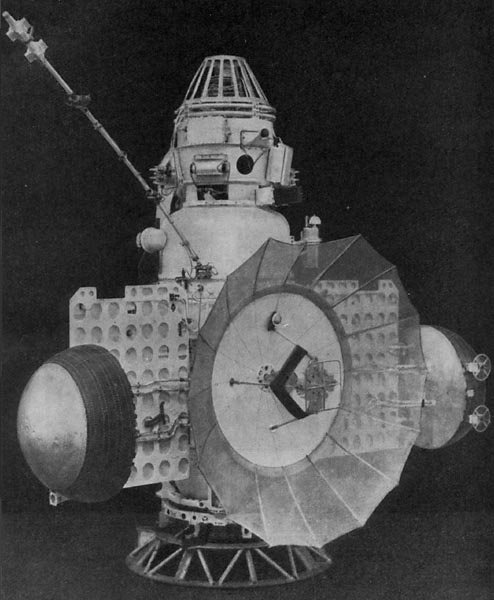

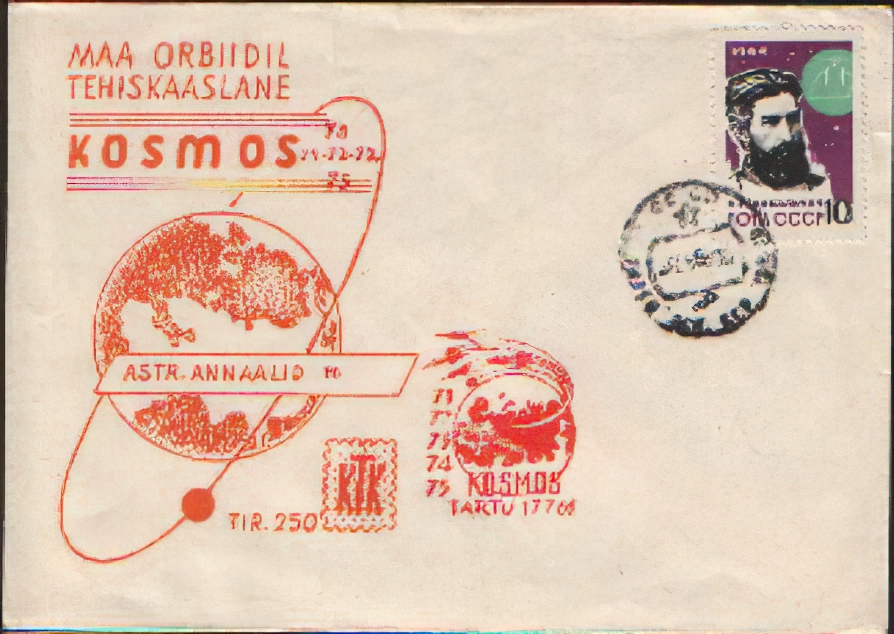


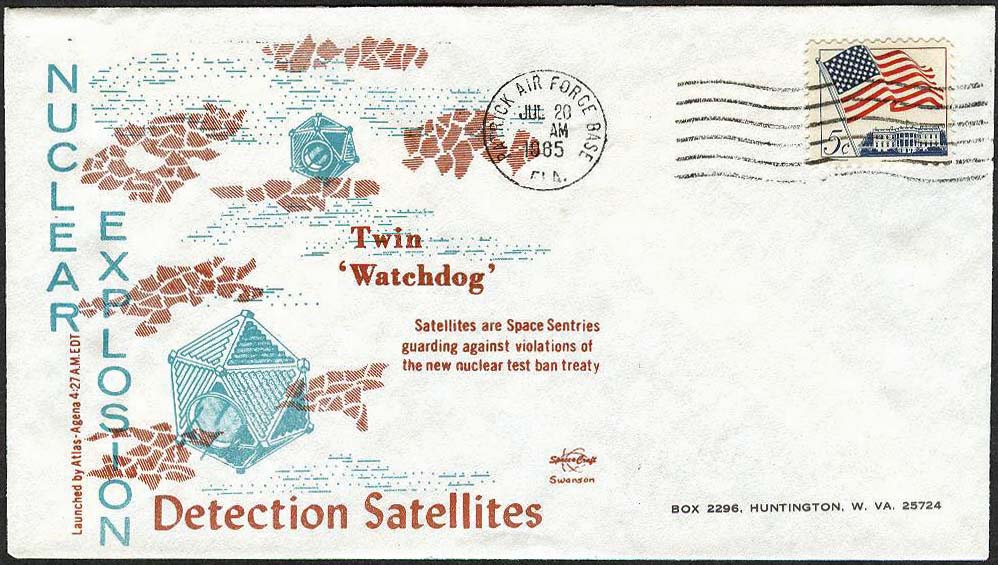

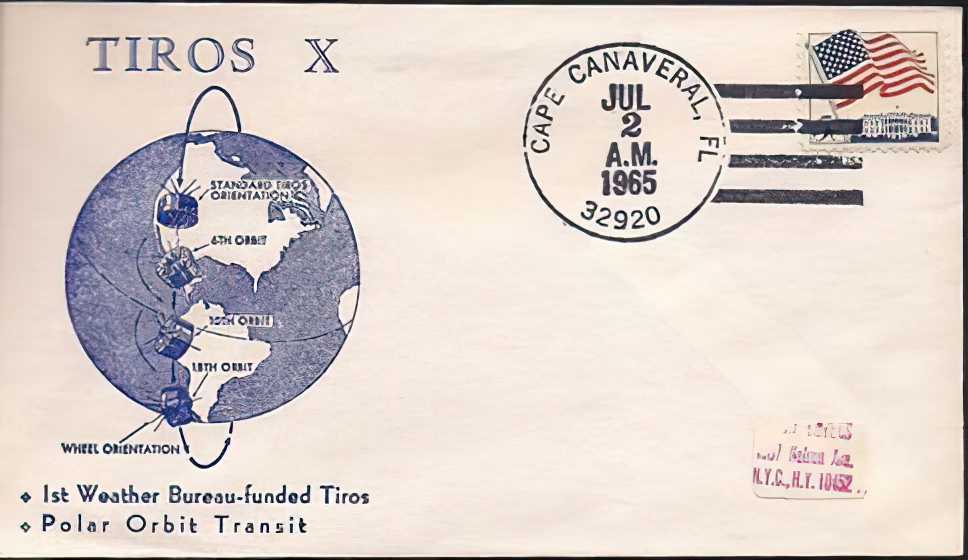
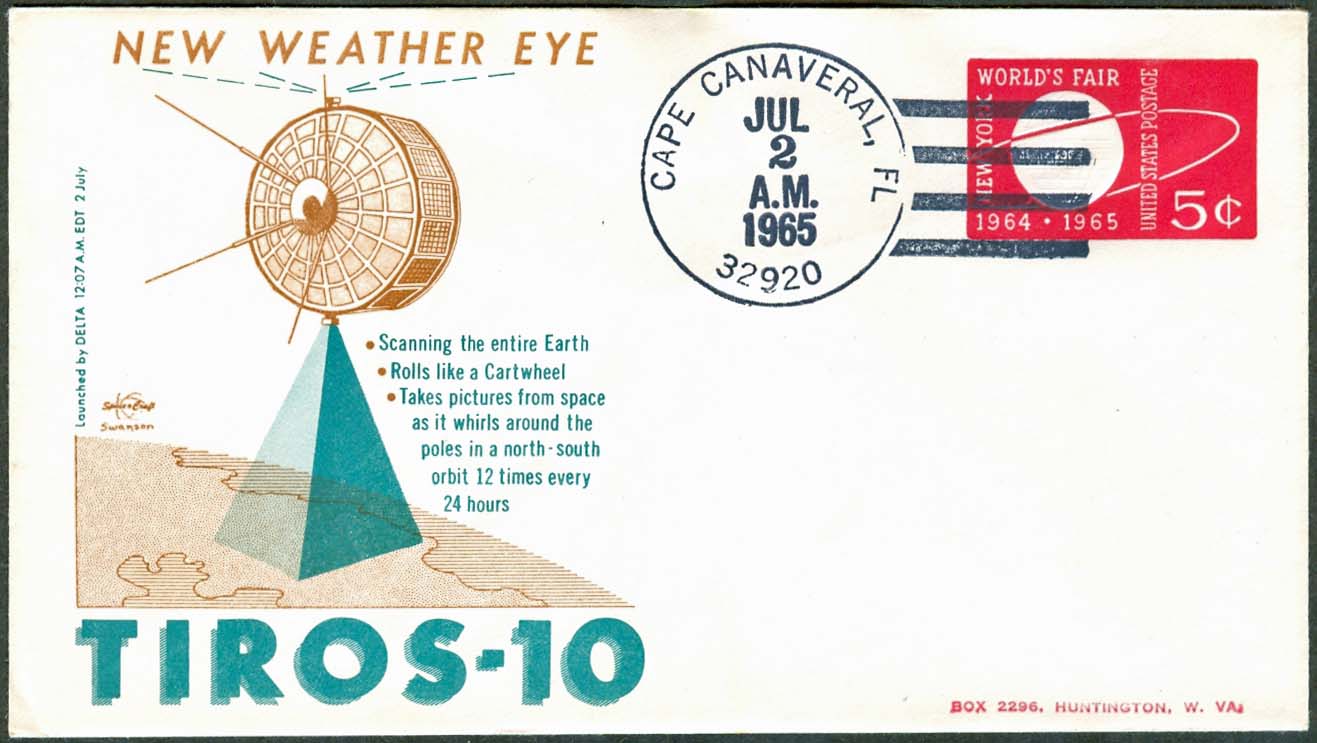
![[July 16, 1965] To Fresh Woods (August 1965 <i>Fantasy and Science Fiction</i>)](https://galacticjourney.org/wp-content/uploads/2020/07/650716cover-672x372.jpg)



![[July 8, 1965] Saving the worst for first (August 1965 <i>Galaxy</i>)](https://galacticjourney.org/wp-content/uploads/2020/07/650708cover-521x372.jpg)



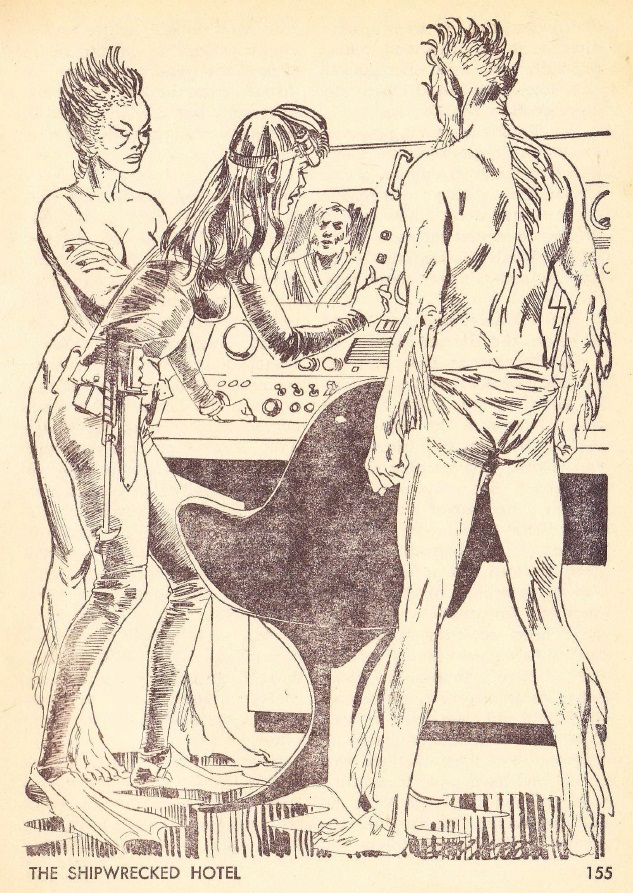

![[June 30, 1965] Every Day has its Dog (July 1965 <i>Analog</i>)](https://galacticjourney.org/wp-content/uploads/2020/06/650630cover-672x372.jpg)





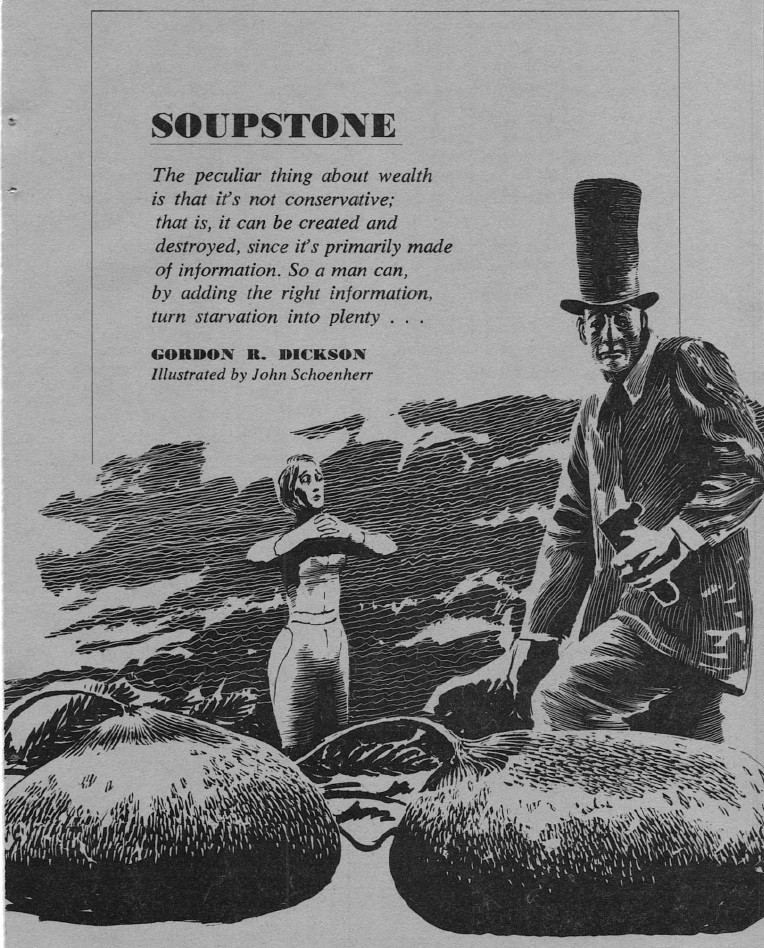




![[June 18, 1965] Galactic Doppleganger (July 1965 <i>Fantasy and Science Fiction</i>)](https://galacticjourney.org/wp-content/uploads/2020/06/650618cover-578x372.jpg)


![[June 8, 1965] A Walk in the Sun (the flight of Gemini 4)](https://galacticjourney.org/wp-content/uploads/2020/06/650608Gemini_Four_patch-471x372.jpg)








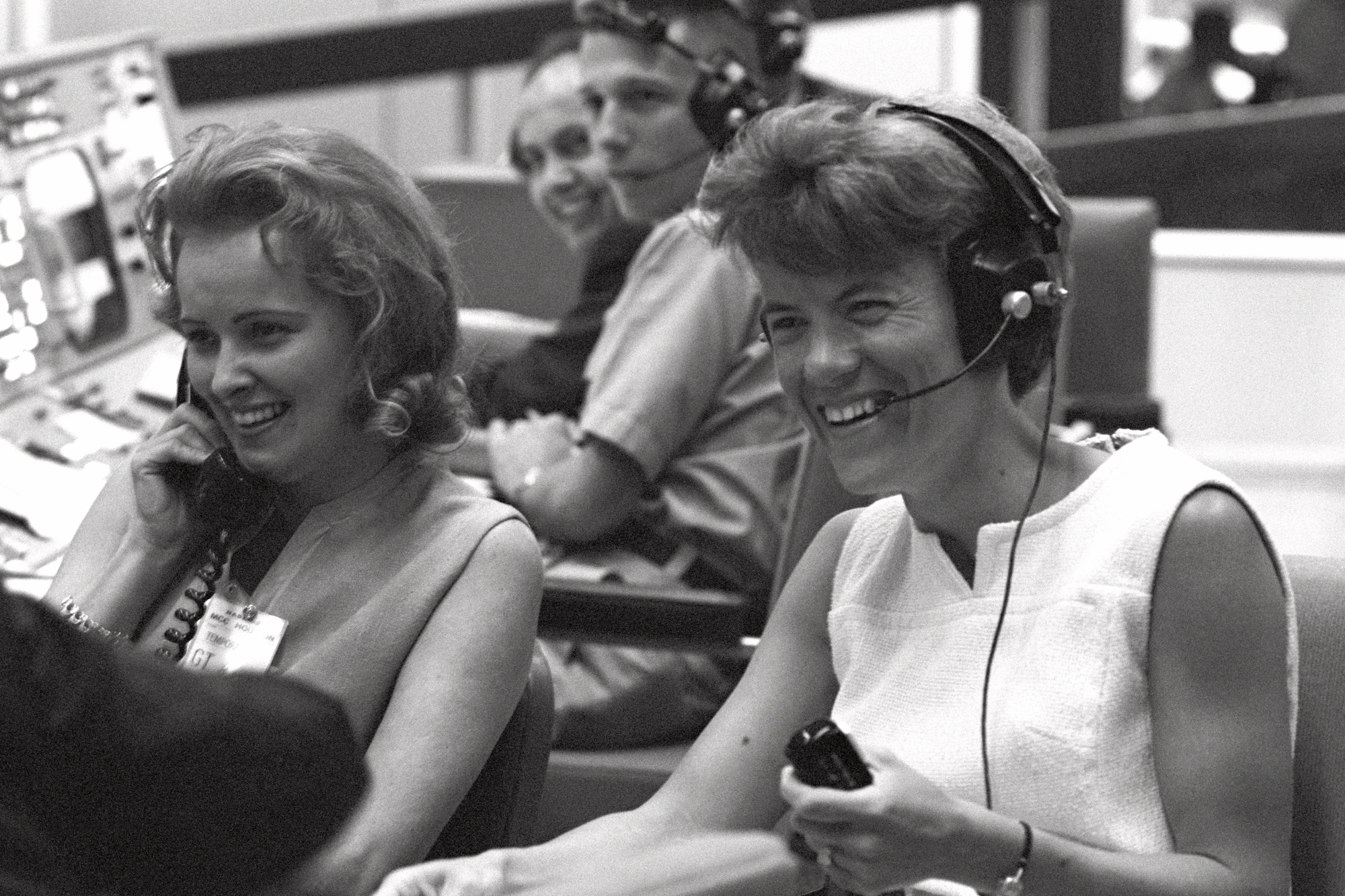










![[May 30, 1965] Ticket to Ride (May space round-up)](https://galacticjourney.org/wp-content/uploads/2020/05/650530pegasus2-672x372.jpg)
